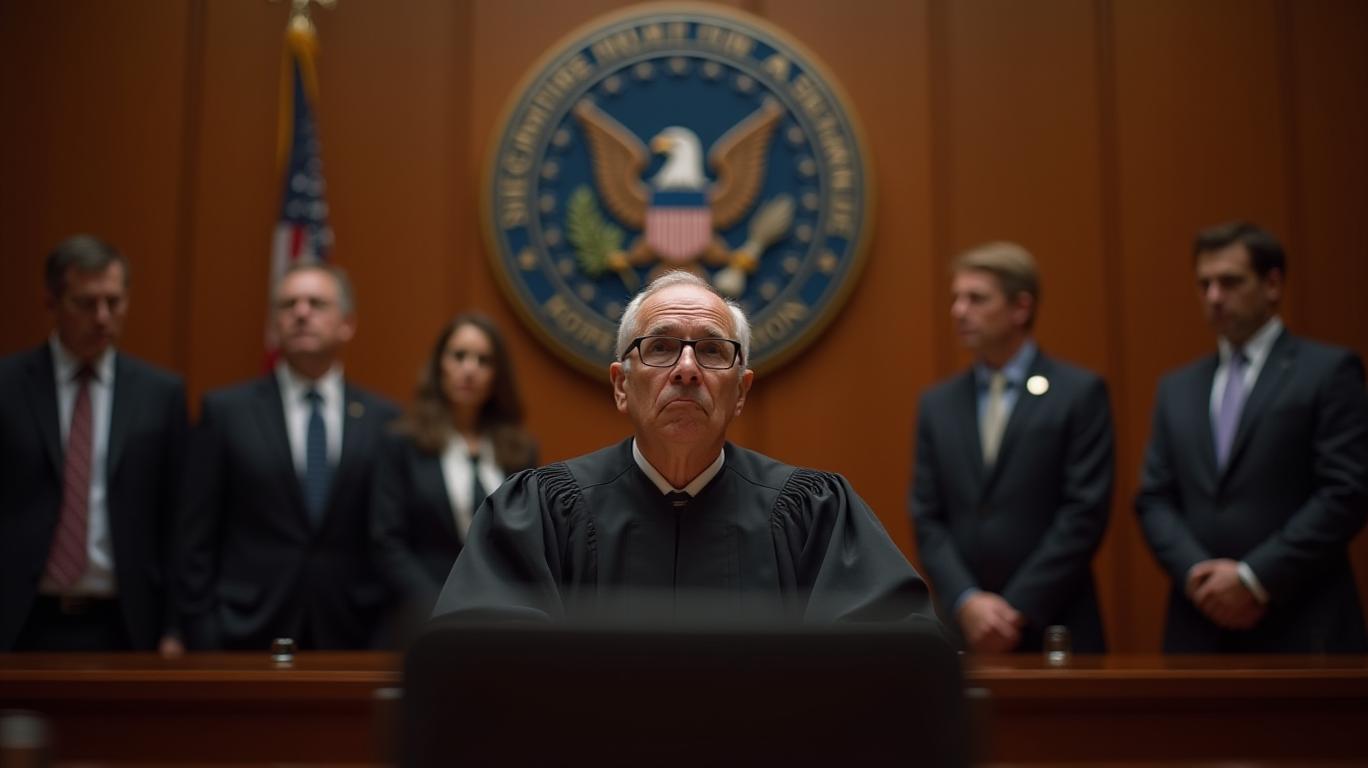XRP News Today: FTX Creditors to Receive Payouts Up to 120% Starting May 30 PayPal Exec: Banks Key to Stablecoin Scaling Judge Rejects Ripple-SEC Settlement Request
Thousands of creditors of the bankrupt crypto exchange FTX will begin receiving payouts from a $5 billion pool starting May 30. The court-approved repayment plan covers four classes of creditors, with some expected to recover more than they lost. The range of payouts spans from 54% to as much as 120% of claim value, depending on the creditor class. These figures are based on the U.S. dollar value of customer holdings at the time of the exchange’s collapse in November 2022. The largest repayments, up to 120%, are going to intercompany claimants—subsidiaries within FTX’s network. Others, including lenders and trading partners from Sam Bankman-Fried’s Alameda Research, will receive between 54% and 72%. Small, unsecured claimants are expected to recover around 61%. Distributions will be handled by custodians BitGo and Kraken, who are set to transfer funds to eligible claimants within one to three business days after the process begins. The FTX Recovery Trust noted that over 90% of approved claims are already in the distribution pipeline, indicating that most former customers will soon see some form of restitution. The move arrives as crypto markets stabilize and U.S. regulators signal a softer tone toward the industry, hinting at a turning point in crypto’s post-crisis recovery.
Banks might not be crypto-native, but they’re essential to stablecoins, said PayPal’s head of digital currencies at Consensus 2025. Speaking at a panel in Toronto, Jose Fernandez da Ponte argued that stablecoins won’t scale without banks handling the basics—custody, payments infrastructure and fiat on- and off-ramps. “You want that connectivity and that fabric to work,” he said. The discussion came as lawmakers move closer to passing U.S. stablecoin legislation that could allow traditional
to participate more freely in the space. MoneyGram CEO Anthony Soohoo called the pending bill a “big unlock,” saying it could boost public trust in stablecoins and open the door for broader adoption. Emerging markets may provide the clearest use cases. In countries facing currency instability, people are using dollar-backed stablecoins to preserve savings and send money abroad. Soohoo said MoneyGram, with operations in over 200 countries, is helping bridge the gap between digital dollars and cash, especially in places where digital payments still haven’t taken hold. For businesses, stablecoins are already streamlining cross-border payments. “We used to have this mad rush on Friday to make sure money was in the right places,” said Fernandez da Ponte. “Now we’re sending money to the Philippines and Africa in ten minutes with stablecoins.” The executives agreed that regulation—not hype—will drive the next phase of stablecoin development. “Consumers don’t care about stablecoins,” said Fernandez da Ponte. “They care about solving problems.”A U.S. federal judge has rejected a joint request from Ripple Labs and the Securities and Exchange Commission (SEC) to move forward with a settlement in their nearly five-year legal fight over XRP, the token at the heart of the high-profile dispute. Judge Analisa Torres of the Southern District of New York dismissed the motion for an “indicative ruling” on Thursday, saying it was “procedurally improper.” The ruling leaves in place an August 2024 injunction that restricts Ripple’s activities and blocks a reduction in financial penalties. Ripple and the SEC had asked the court to signal support for a settlement that would cut Ripple’s fine from $125 million to $50 million and lift restrictions on XRP sales. But their cross-appeals from the 2024 final judgment are still pending in the Second Circuit Court of Appeals, meaning the district court no longer has jurisdiction to rule directly. If Judge Torres had issued the indicative ruling, both parties intended to request a limited remand from the appeals court to finalize the deal. Instead, they’ll have to return to court under the correct procedural rule.


Comments
No comments yet